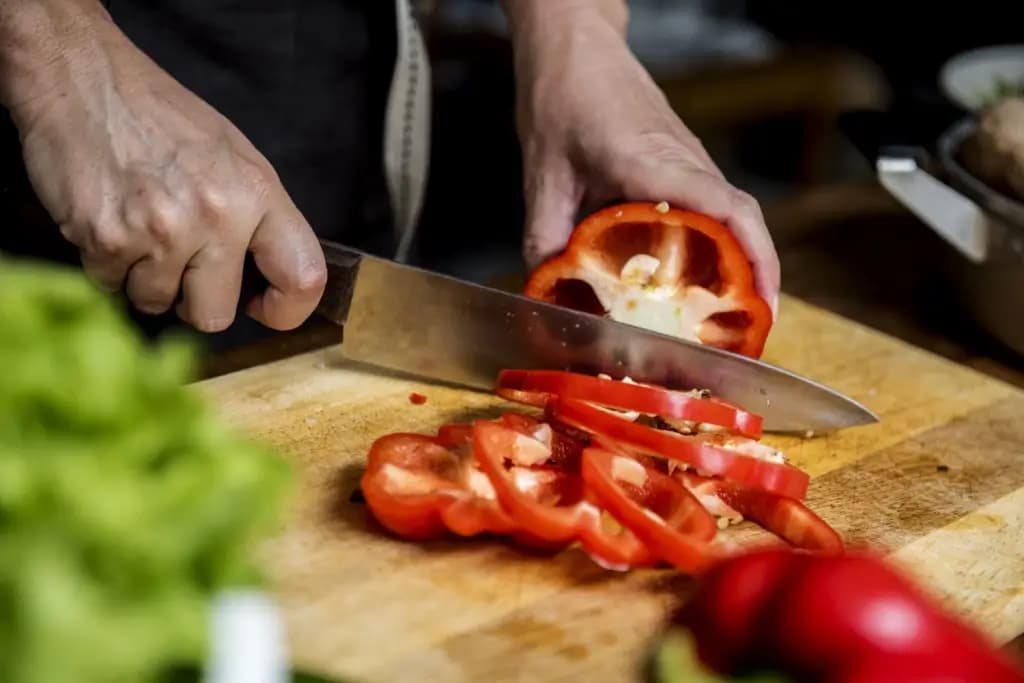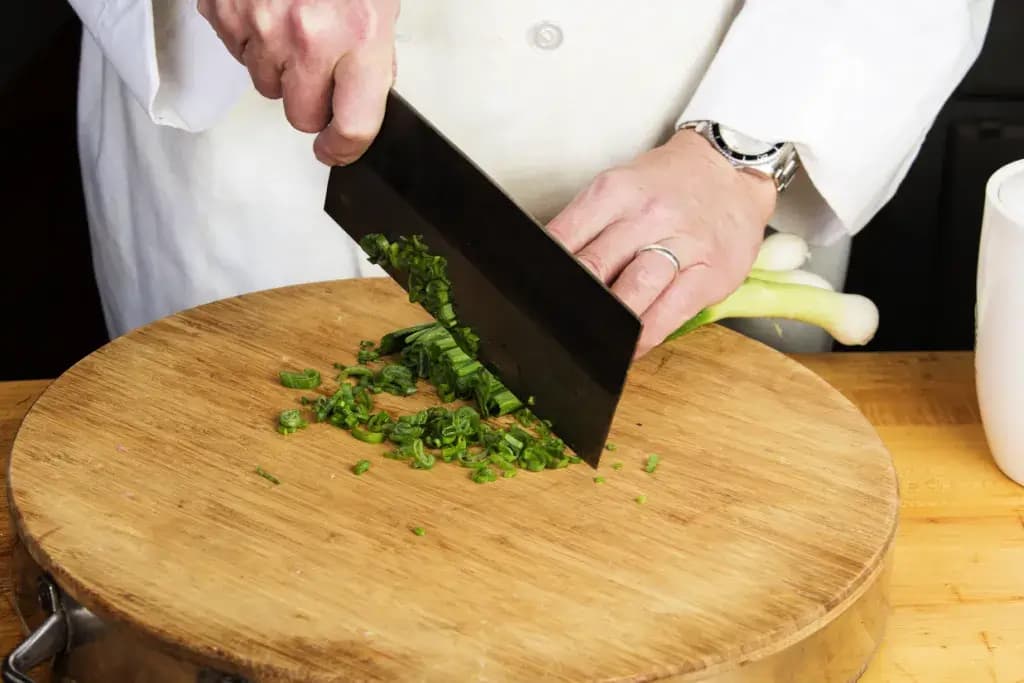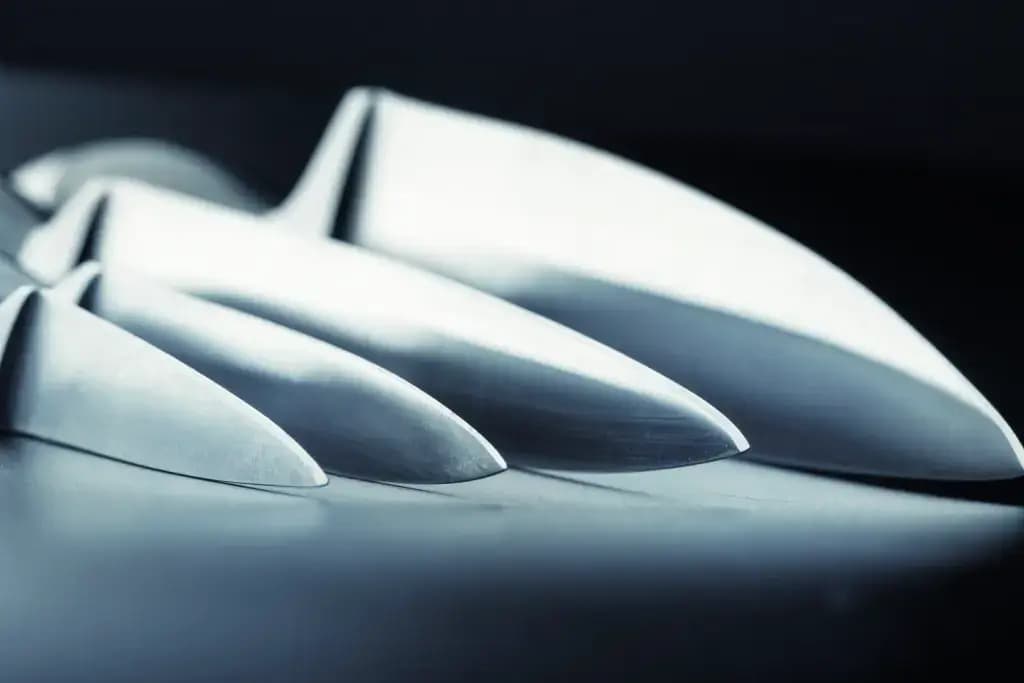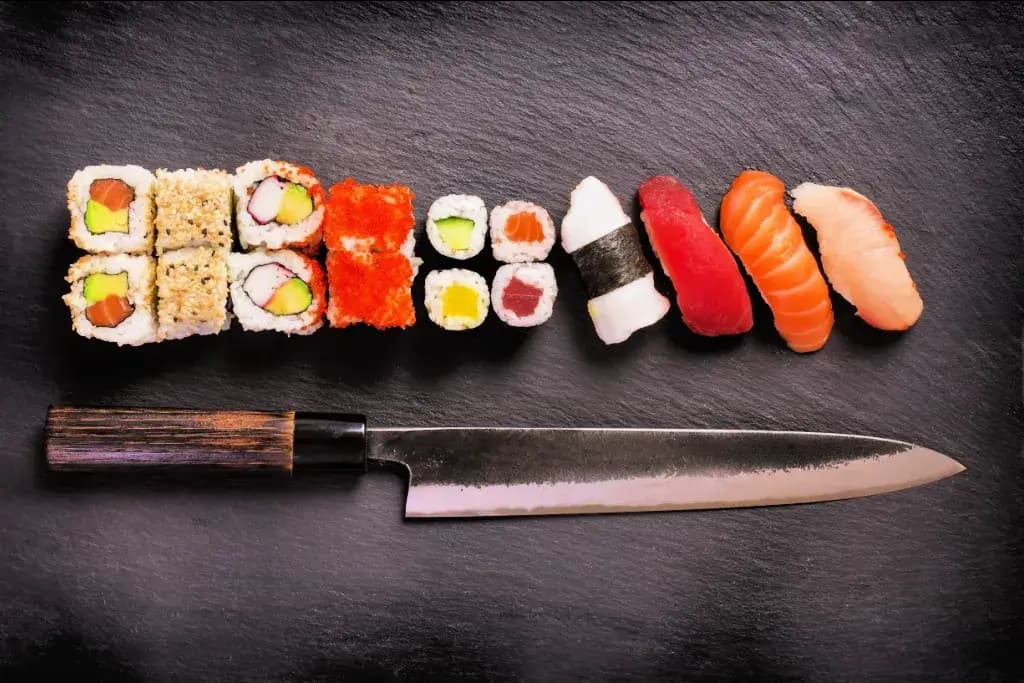
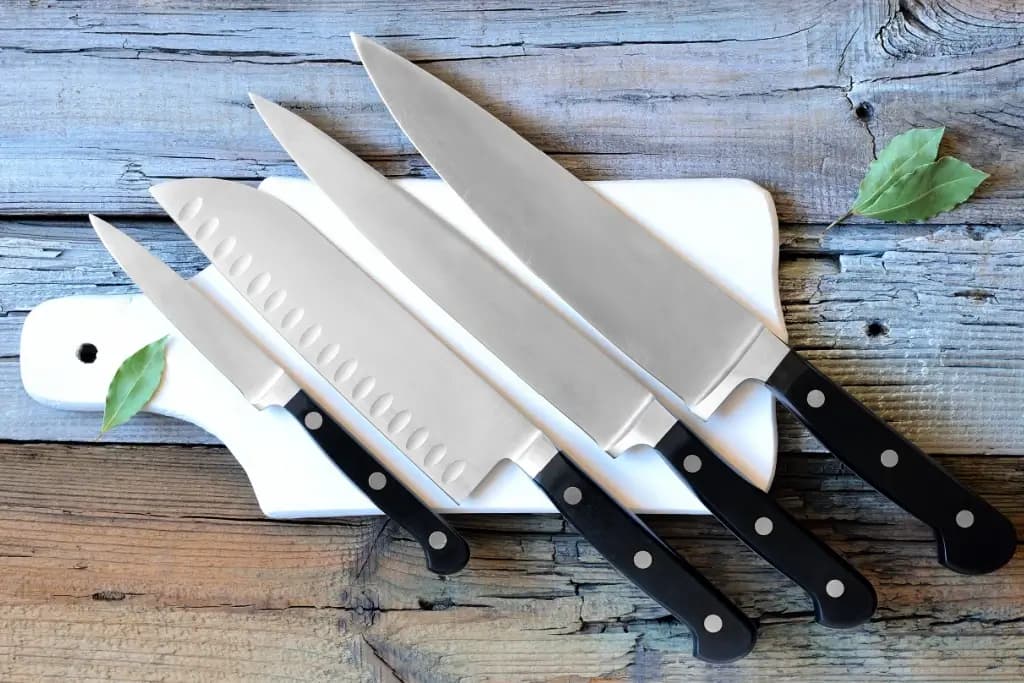
2025 AUGUST 05
.Karina Ikedo
Single Edged Knife vs Double Edged Knife: What’s the Difference?
People choose a single edged knife because it gives more control, produces sharper cuts, and follows Japanese cooking traditions. How a blade is sharpened changes how it cuts and feels in your hand. It affects how safely and smoothly you can prep food. With the right care, it also helps your knife last longer.
In Japanese cuisine, the edge shape is tied to special cutting styles. Let’s look at what makes a single-edged knife different from a double-edged one. We’ll also see how each is used and why it matters.
What should I know about the edge of a knife?
A knife’s edge is the sharp part of the blade that does the cutting. Some Japanese knives are sharpened on one side, others on both. This changes how sharp the knife is and how it cuts. Sharper edges make cleaner cuts but need more care. If not used correctly, knives can dull faster or chip. This is why knowing the difference between single-edged and double-edged knives is essential.
What is the difference between a single-edged and a double-edged knife?
The main difference is simple. A single-edged knife is sharpened on only one side of the blade. It’s also called a single-bevel knife. A double-edged knife has both sides sharpened evenly. This type is also called a double-bevel knife.
Single-edged knives are often used in traditional Japanese kitchens. They are great for slicing sushi or making very precise cuts. The one-sided edge makes the knife extra sharp and accurate. On the other hand, double-edged knives are more common in Western kitchens. They’re made for everyday use and work well for many cutting tasks.

Do they have different uses?
A single-edged blade makes cleaner and more exact cuts. Since it’s sharpened on one side, it cuts in one direction. The flat side helps push food away as you slice, making it easier to cut soft items like fish or herbs. Therefore in Japanese cooking, a single-edged blade is especially helpful.
Techniques like katsuramuki (thin peeling) or slicing sashimi require a smooth, sharp blade. The sharp edge glides through Japanese food without tearing it. It also stays sharp longer with the right care. This makes single-edged knives great for chefs who need perfect, detailed cuts every time.
Are single-edged knives harder to use?
Single-edged knives can be tricky, especially for left-handed people. Most traditional single-bevel knives are made for right-handed users. The blade’s shape pulls the cut in one direction. This can be hard to control if you’re left-handed. However, if the angle doesn’t match your hand, your cuts may curve.

Some brands make special left-handed versions of these knives. It’s important to pick the knife that fits your grip, becase the right knife makes cutting easier and safer.
Some of the most famous Japanese kitchen knives are single-edged. For example, the yanagiba is a long, thin knife used to slice raw Japanese fish. Meanwhile, the deba is thick and heavy and great for cutting fish bones and meat. Finally, the usuba is made for clean, straight cuts of vegetables. As you can see, these knives are stylish, and can do jobs that regular Western knives can’t always handle.
Are you looking for well-made knives for your collection? Check out ZAKU! ZAKU has authentic knives handmade in Japan for all of your culinary needs!

Edge angle and edge retention
Generally, the edge angle is how much the blade narrows to form a point. Single-edged knives have a smaller angle, around 15 degrees. This smaller angle makes the blade sharper and great for detailed cuts. Since only one side is sharpened, the other side stays strong.
More steel behind the edge helps it last longer. This is called edge retention, which is how long the knife stays sharp. With good care, single-edged knives stay sharp for a long time.

How do I take care of the edge of my knife?
Usually, dingle-edged knives need special care compared to double-edged knives. Therefore, you should sharpen them with a whetstone, not a honing rod. Only sharpen the beveled side of the blade. Avoid cutting bones or hard foods with these knives. They aren’t made for heavy chopping.
Always remember to dry the knife right after washing it. This stops rust and keeps the steel firm. Sharpening takes more time but is very important. It helps keep the edge sharp and working well.
Why is the edge of a knife so important?
If you cook many types of food, a double-edged knife works well. It’s easier to use and suitable for handling many ingredients. But if you like traditional cooking, try a single-edged knife. These knives are standard in Japanese cooking. They also give better control and sharper cuts, and using one connects you to a long history of cooking skills.

Overall, knowing the difference between single- and double-edged knives helps. It lets you pick the best knife for your cooking needs. What kind of knives do you use most in your kitchen? Let us know in the comments below!











